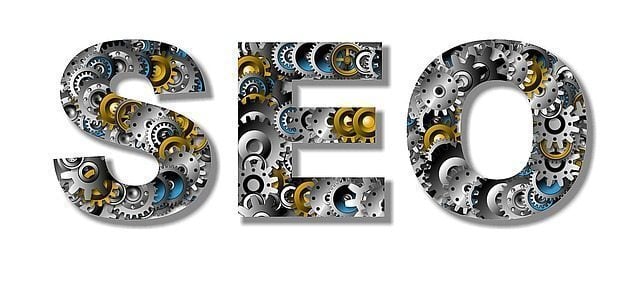StartupNation has partnered with “The Art of Opportunity” to provide an exclusive content series for our readers.
Today we’re talking about different types of new business growth specifically as it relates to product or service innovation. Why? Because understanding and clarifying the basic type of growth you’re after will help set expectations for the amount of effort and resources required (as well as the amount of return you might expect).
Conversely, if you’ve been assigned the task of innovating a product or service, you might determine the growth types you’re best suited to pursue by looking at the resources available to you (such as funding, time and headcount) as well as by the amount of risk you or your company is willing to take.
StartupNation Exclusive: Access “The Art of Opportunity” Original Content
The three principal types of growth are: evolutionary, adjacent and breakthrough.
We’ll start with evolutionary growth:
Evolutionary Growth is an incremental evolution of your existing offering. It often emerges from your attempts to remove hurdles to satisfaction and barriers to consumption for your current customer. This might involve enhancing the design of your products or making them more user friendly. (For example, a restaurant may choose to replace all of its supplies with organic, locally sourced ingredients).
Adjacent Growth expands your current offering to satisfy additional parts of the customer experience or address needs currently satisfied by other products. These are new products or services that most often are closely related to (and complement) your existing offering. Think of it as “bolting” on additional value. (Our previous restaurant, for example, might add live entertainment, or offer transportation to and from the restaurant).
Breakthrough Growth creates entirely new markets. It may use benefits or skills from your current offering or business, but it satisfies a completely new need. Breakthrough growth often entails the development and launch of a completely new market strategy. (Again, our restaurant may develop an online culinary academy or use its knowledge of organics to offer pre-prepped organic ingredients to other restaurants).
Evolutionary and adjacent growth are often the least risky and focus mostly on increasing competitive advantage within an already existing market. As you might expect, the returns can be equally modest. Breakthrough growth, on the other hand, is the most risky, but also the most lucrative because it has the potential to create an entirely new market with few if any competitors. A classic example of this is Apple’s iPhone.
Related: Sign up to receive the StartupNation newsletter!
So remember, there’s evolutionary growth, adjacent growth and breakthrough growth. Keep them in mind when setting out to define your growth initiative.
“The Art of Opportunity” is available now wherever fine books are sold and can be purchased via StartupNation.com.







